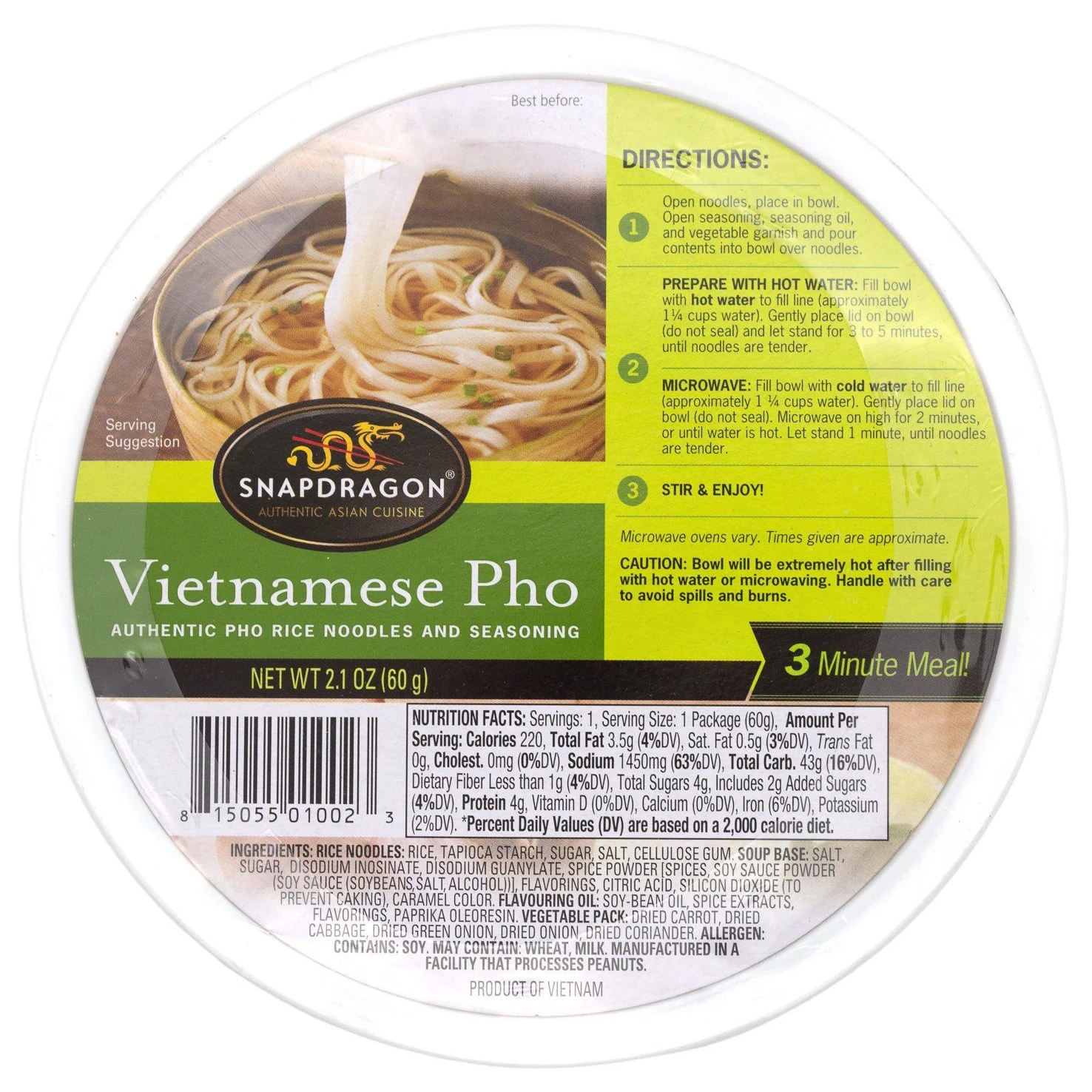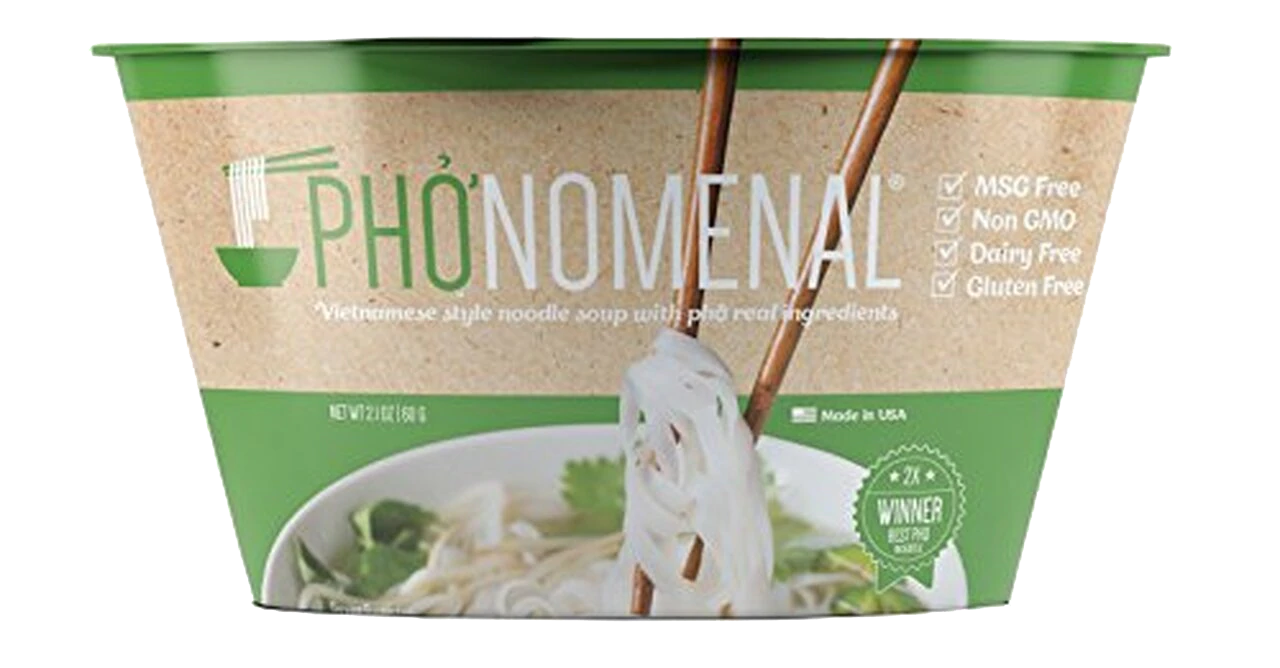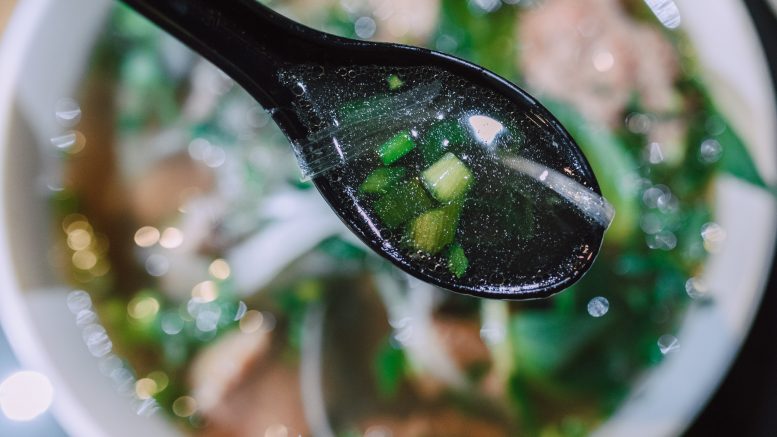Who doesn’t love a good Pho noodle bowl? They’re portable, tasty, quick to prepare, and come in lots of flavors. But our recent analysis has shown you should use caution when relying on the nutrition facts panel of these products when considering their suitability for your diet. This article does not constitute medical advice, and you should consult your metabolic team when making decisions that may impact your dietary intake.
Based on community requests, we reached out to three pho noodle manufacturers and asked for unrounded protein for their products. None responded, unfortunately. Our next step was to send them to the lab for protein analysis, using the Dumas method, which uses the nitrogen released during oxygen combustion as a corollary for protein content. These efforts were guided by Lars Reimann, Chief Scientific Officer at Eurofins. We tested the products shown in the table below. In each case, the noodles were tested separately from the veggie/oil/seasoning packets. Each has been added to HMP in a similar manner: noodles only, seasonings only, and noodles + seasonings. In all cases, the noodles were primarily rice-based, with an additional starch (tapioca or unidentified).
The bad news: All of these are pretty high. The Pho’nomenal label is dramatically inaccurate. For some tolerances, using the seasoning packets from these with low-protein noodles may work.
The good news: There are two Pho recipes on Cook for Love. They may not be QUITE as convenient, but both Amber Gibson and Brenda Winiarski have options for make-ahead broth that can be combined with low-pro noodles. Find those here:
| HMP Values per BOWL | |||||
| Brand | Labeled protein* | Analyzed protein | Pro (g) | Phe (mg) | |
 |
Snapdragon | 2g for ½ bowl | 1.8g for ½ bowl | 3.6 | 188 |
 |
Naughty Noah’s | 5g | 5.2g | 5.2 | 238 |
 |
Pho’nomenal | 0g for ½ bowl | 2.45g for ½ bowl | 4.9 | 248 |
* One BIG issue with the labels on 2 of the 3 products analyzed is that their serving size is half a bowl (2 servings per package). This is pretty misleading, and means that the protein numbers could look even lower than they would if they represented an entire bowl: something that was 2.8g would show 3g for a whole bowl, but a half serving would be 1.4 grams, and be rounded down to 1g. Just another reminder that the Nutrition Facts Panel doesn’t always provide the right information!


